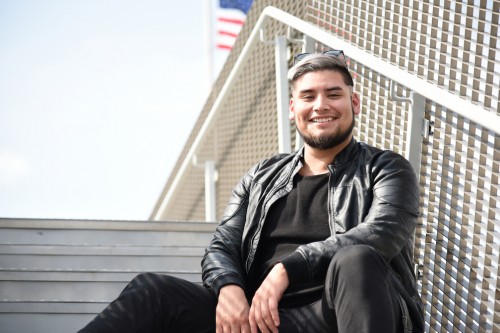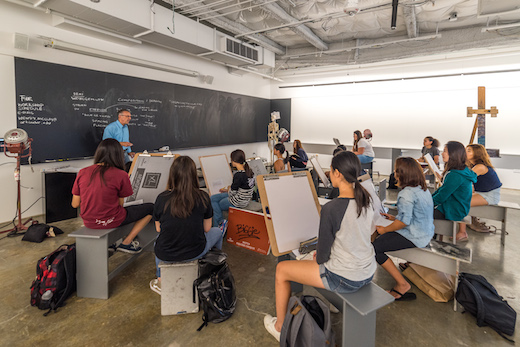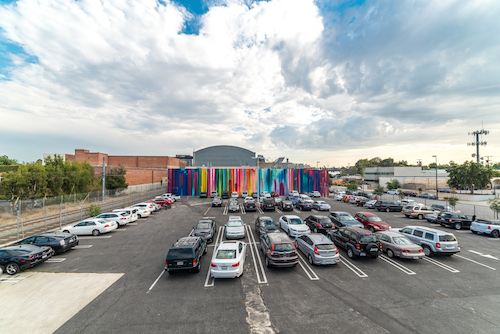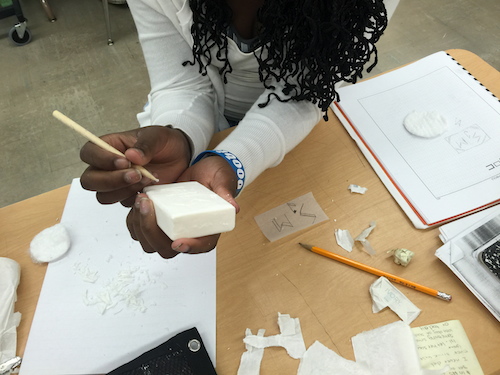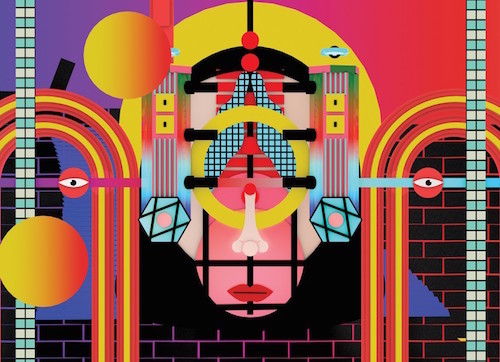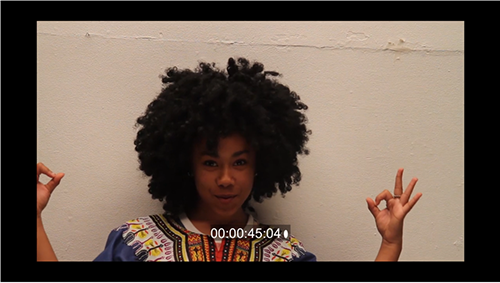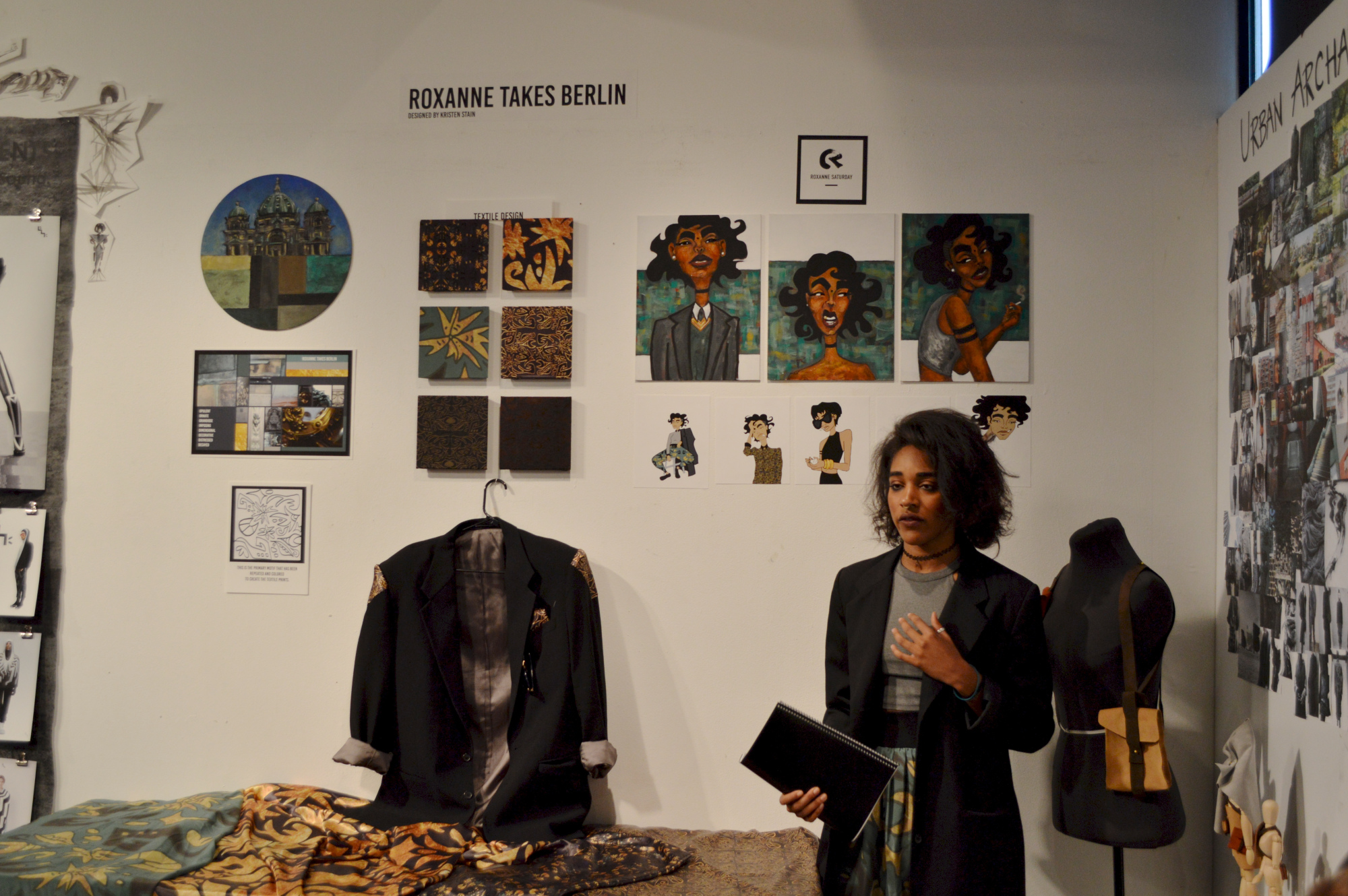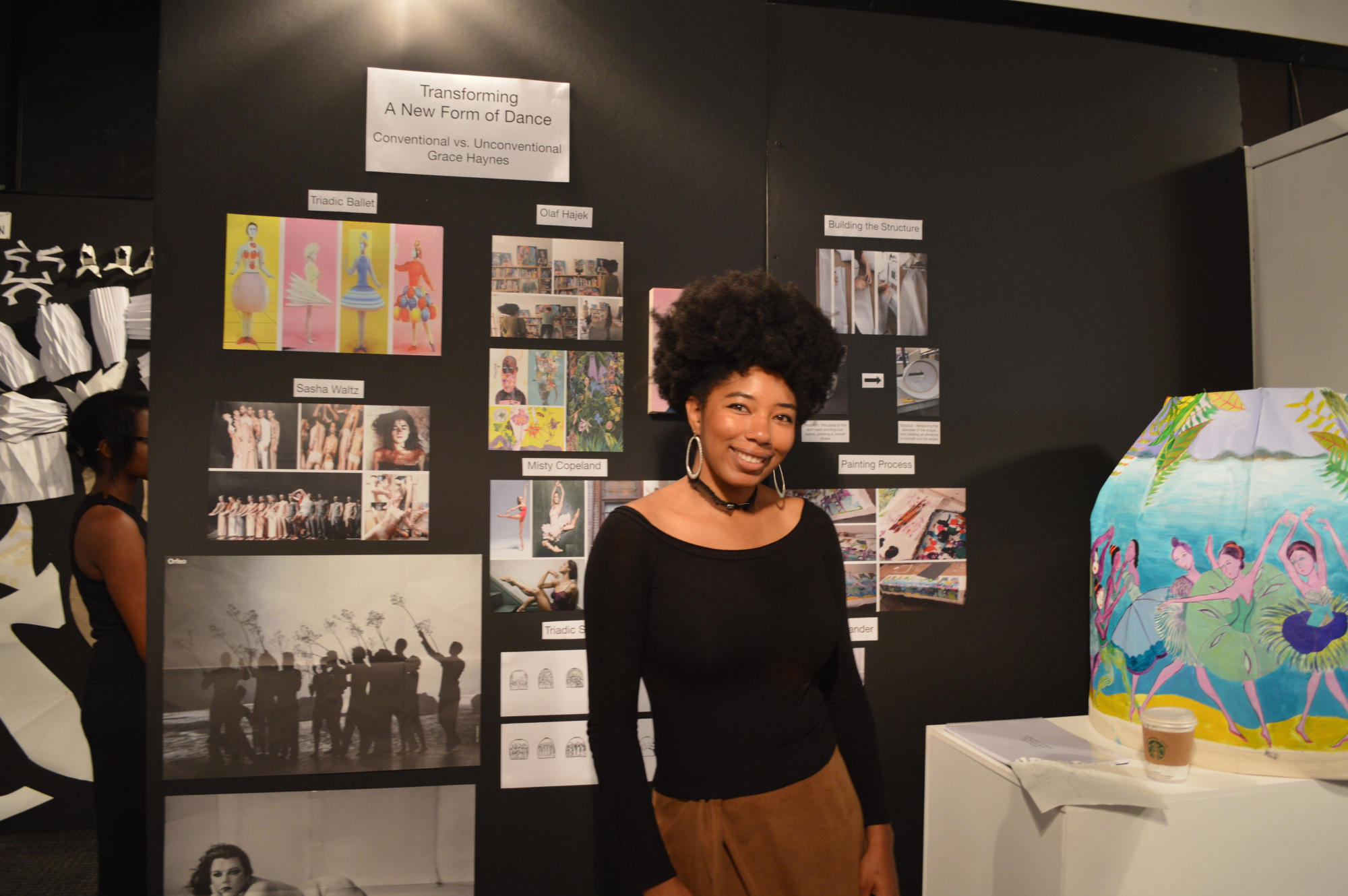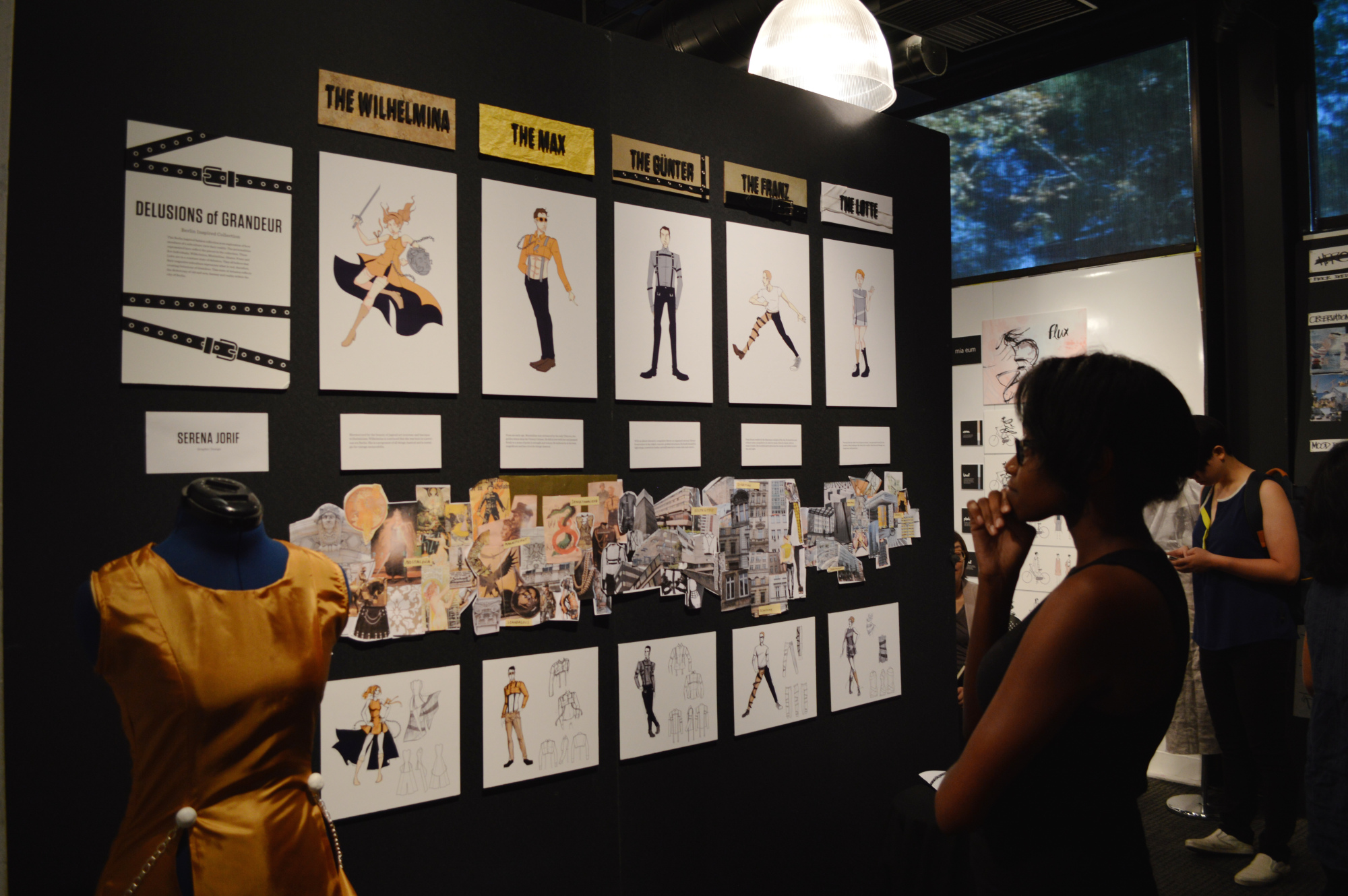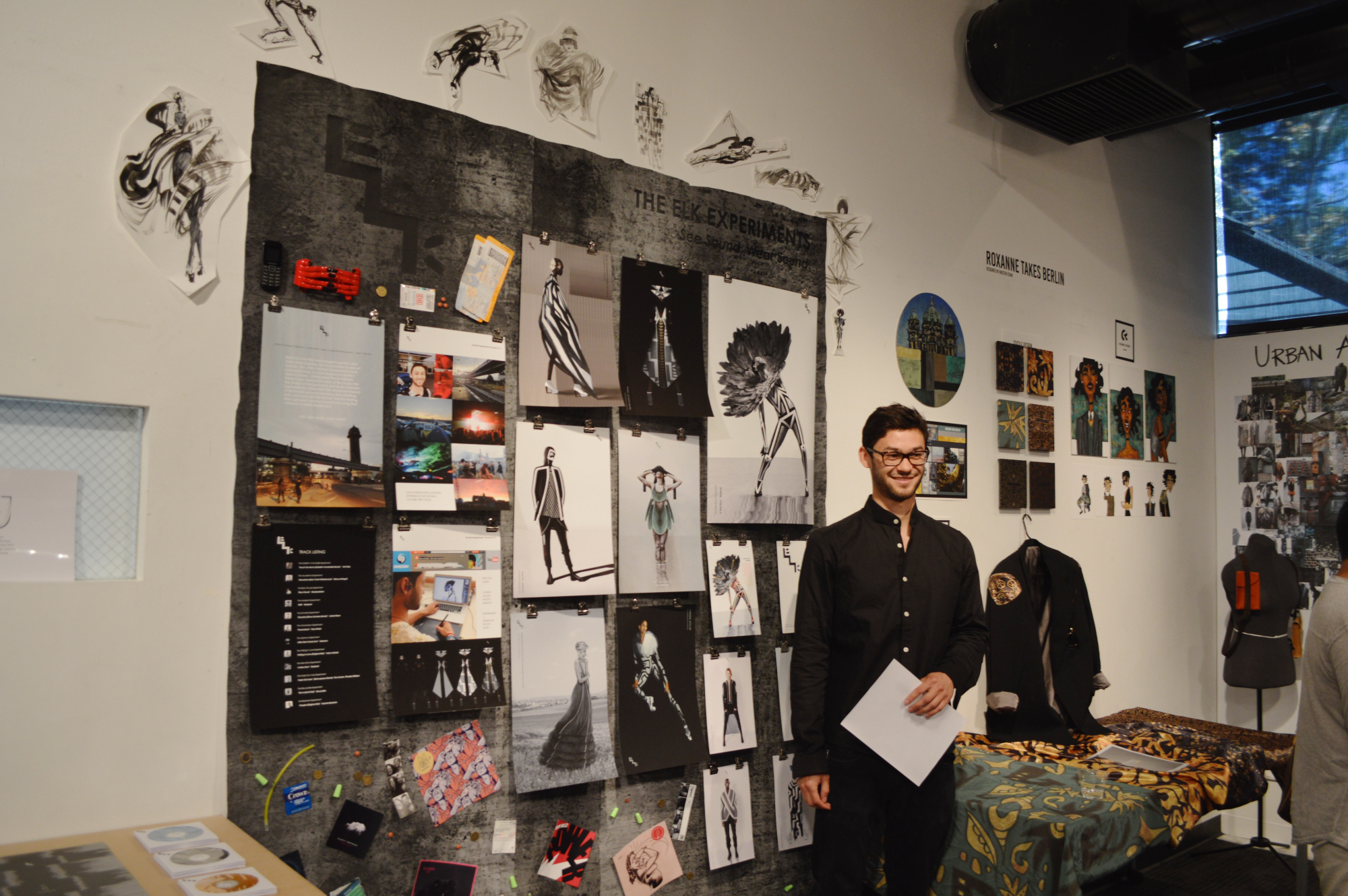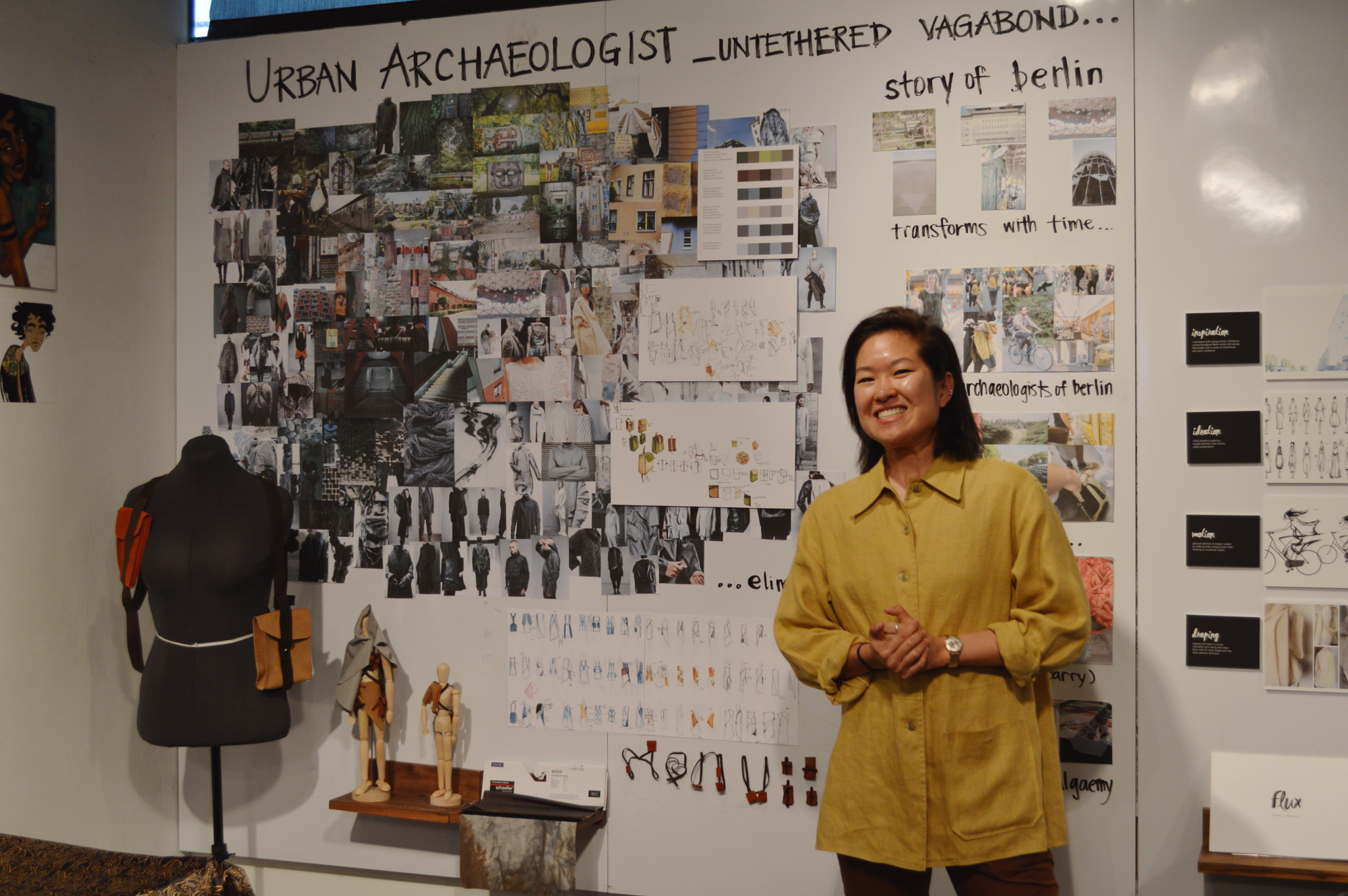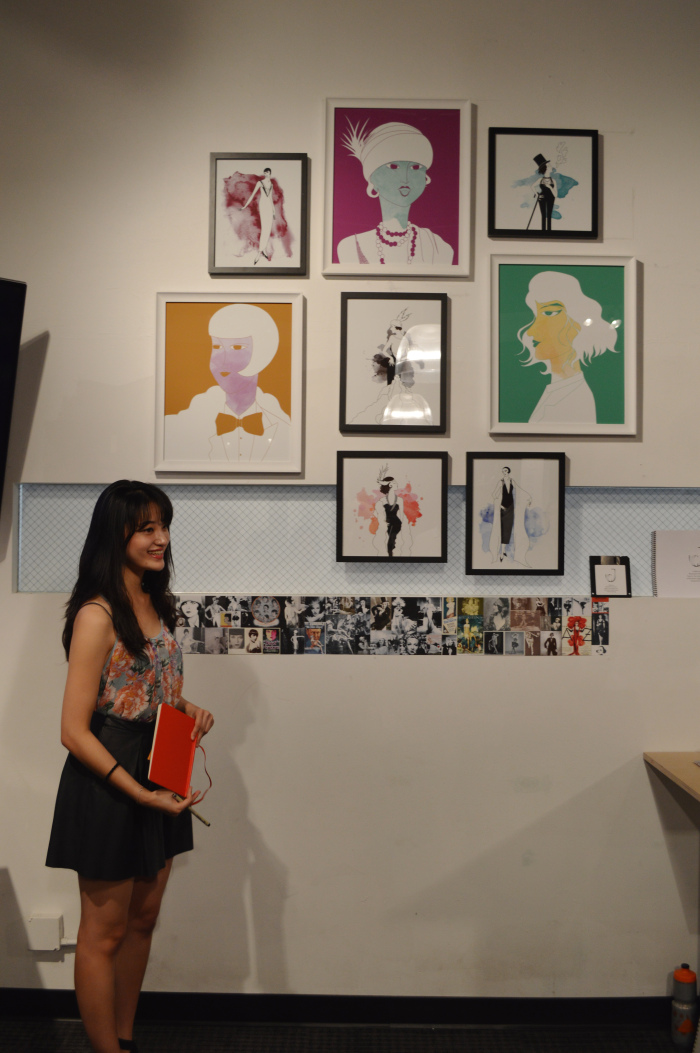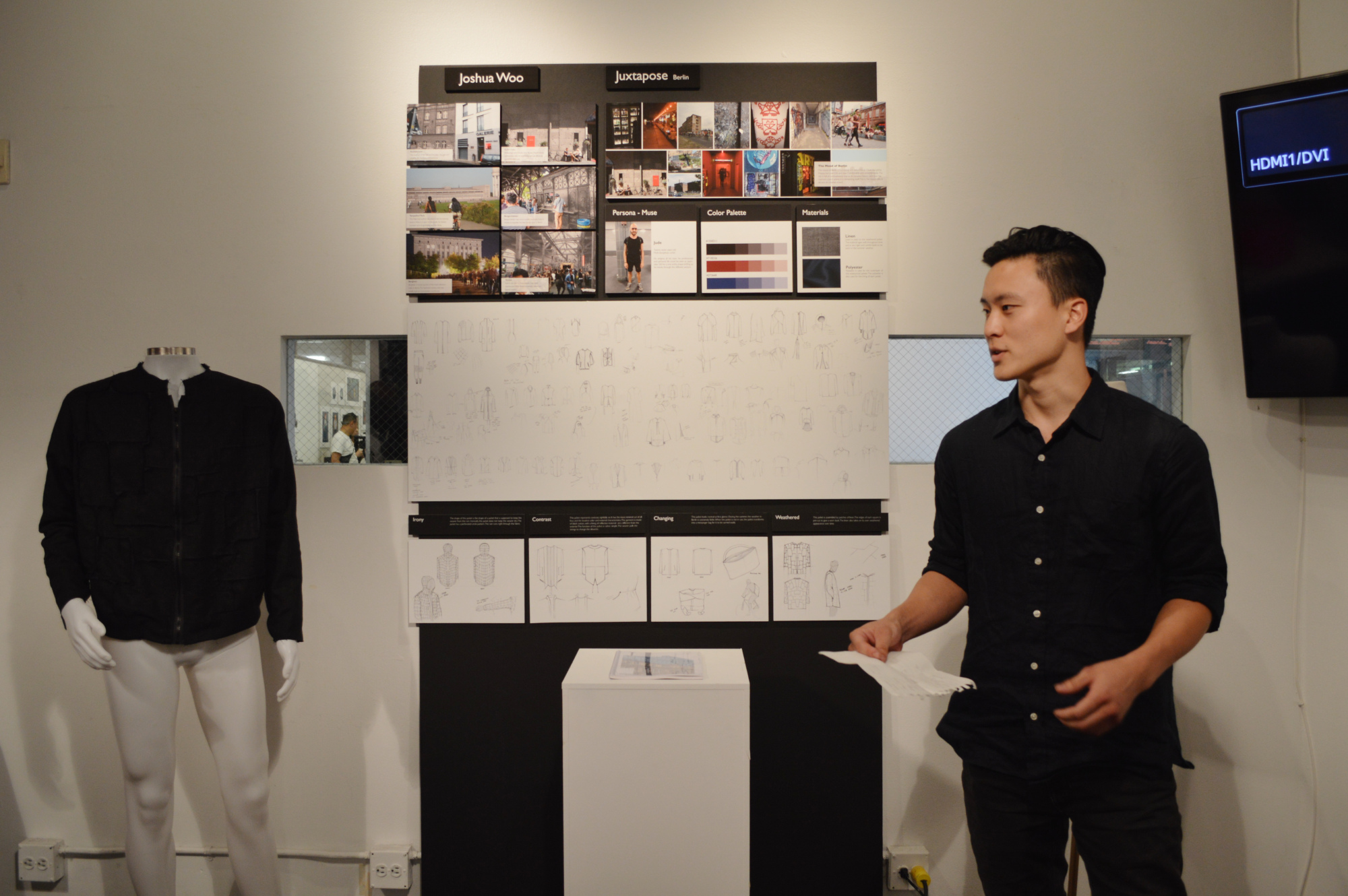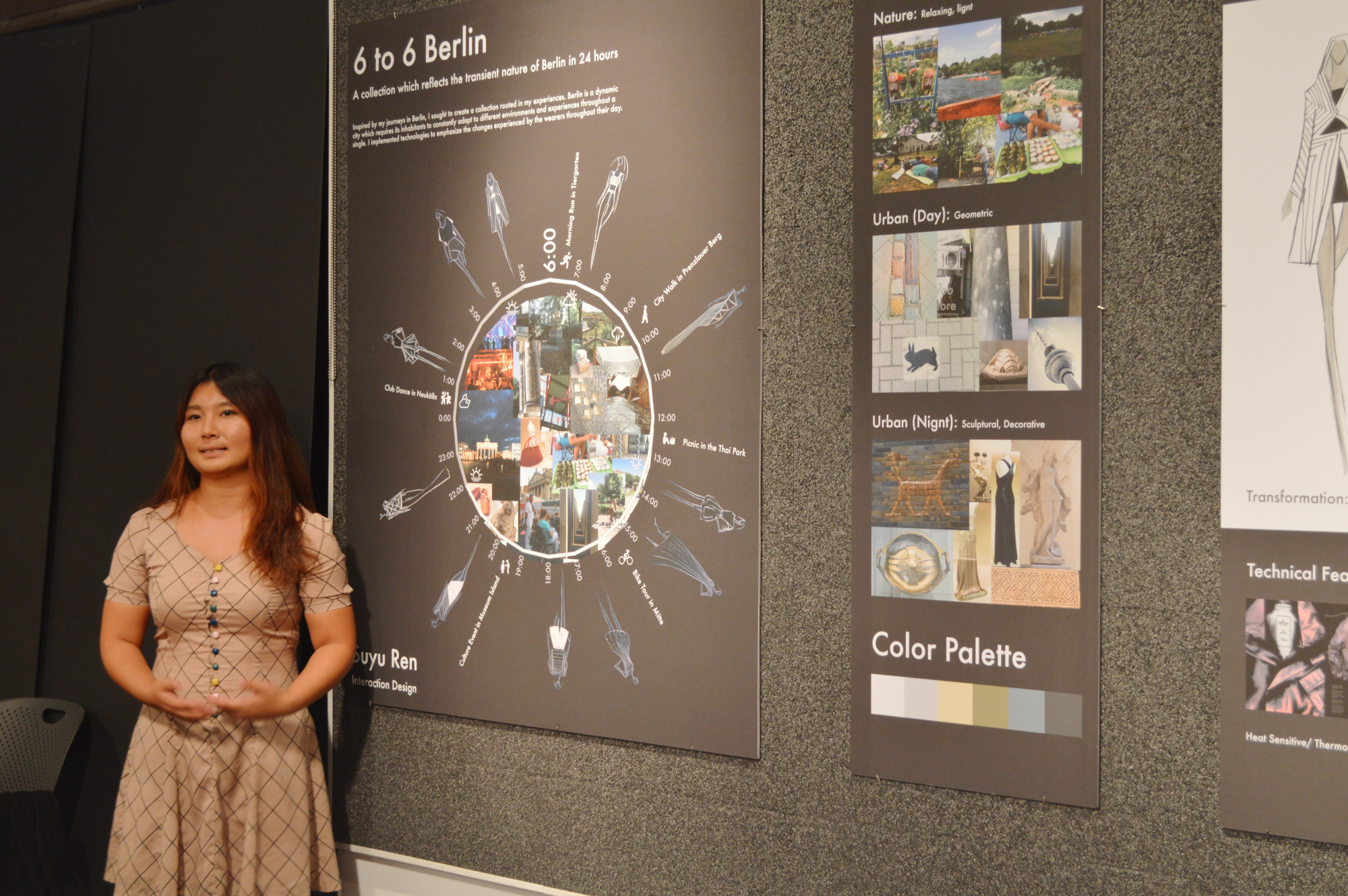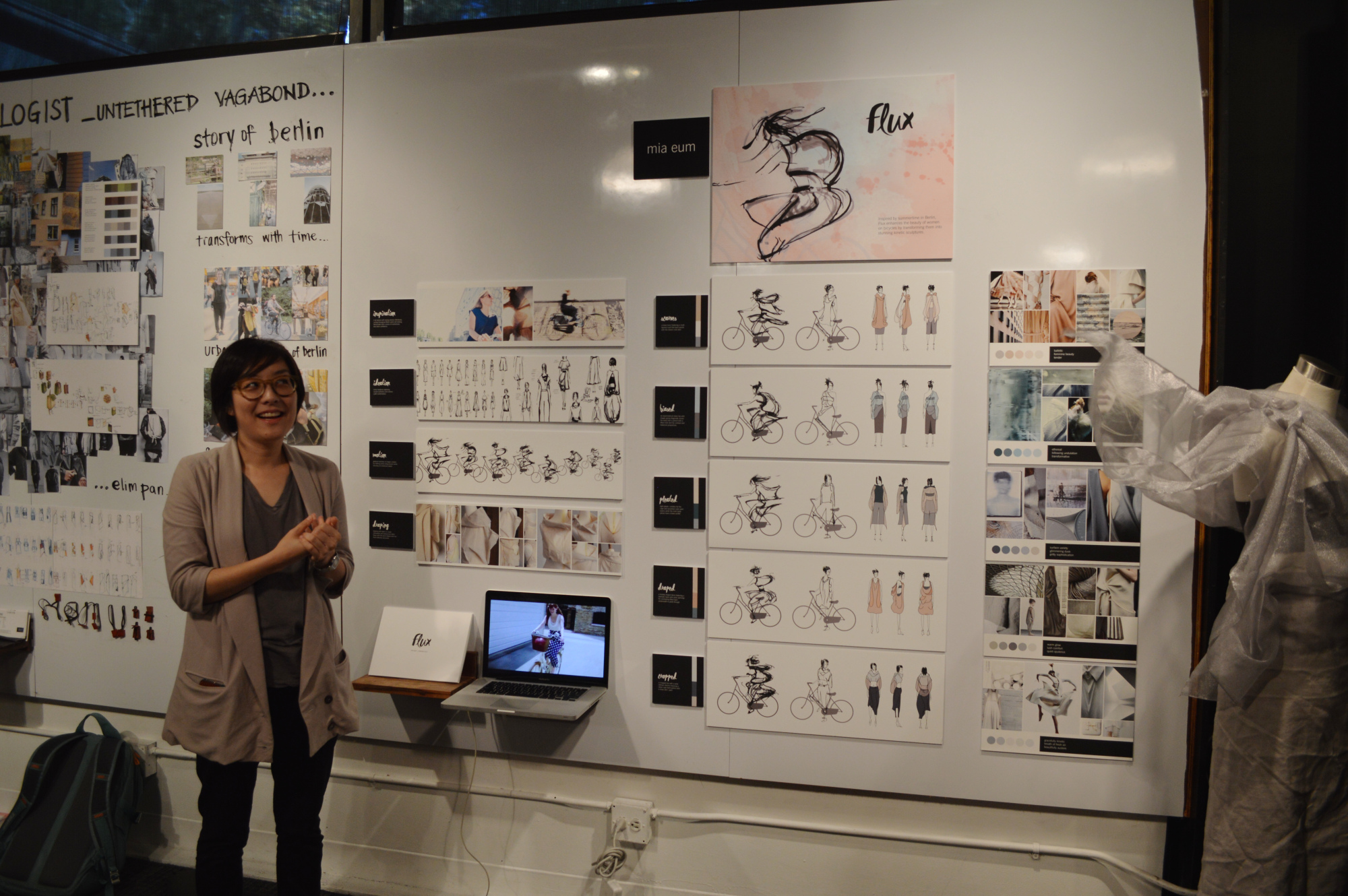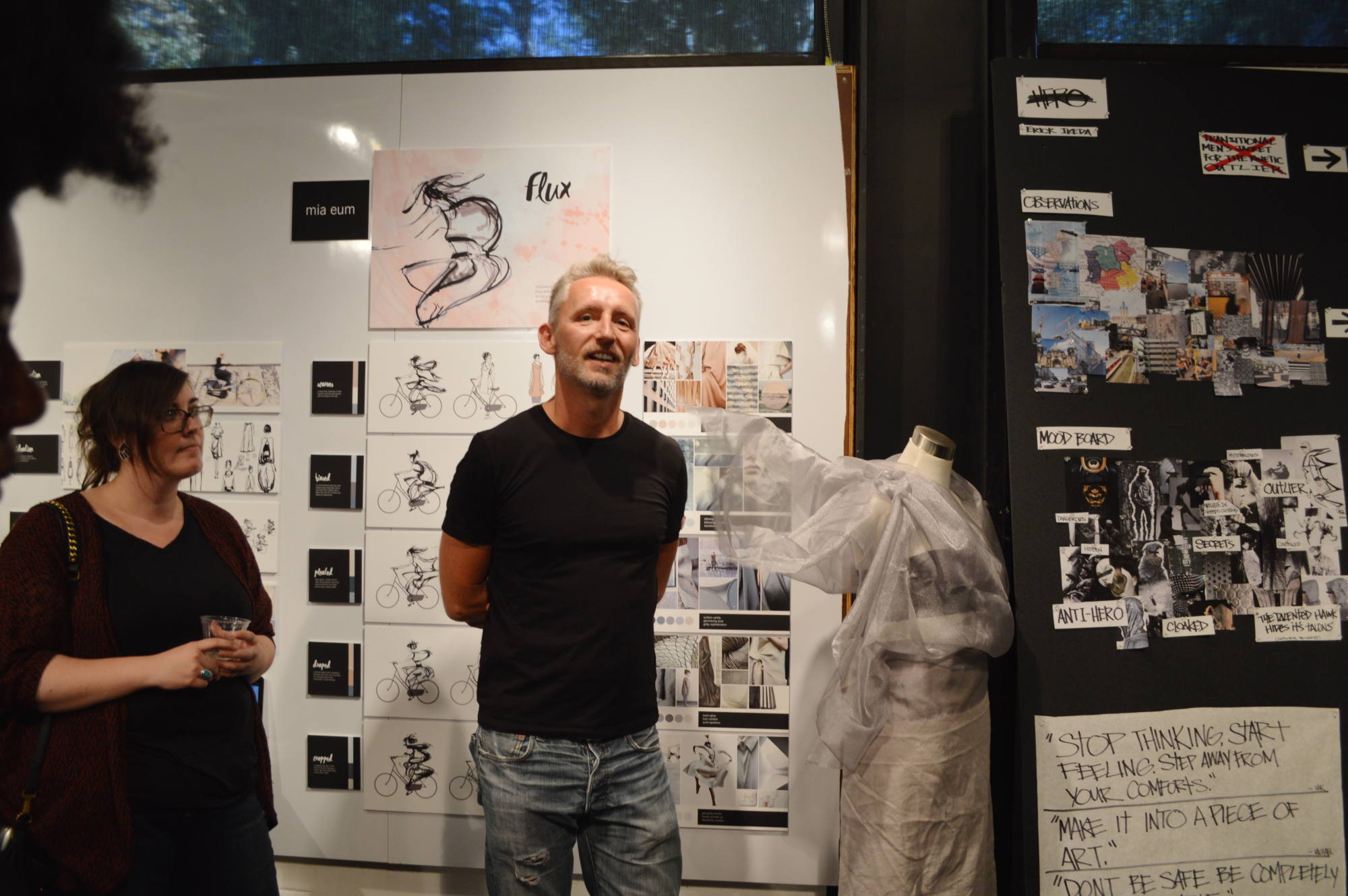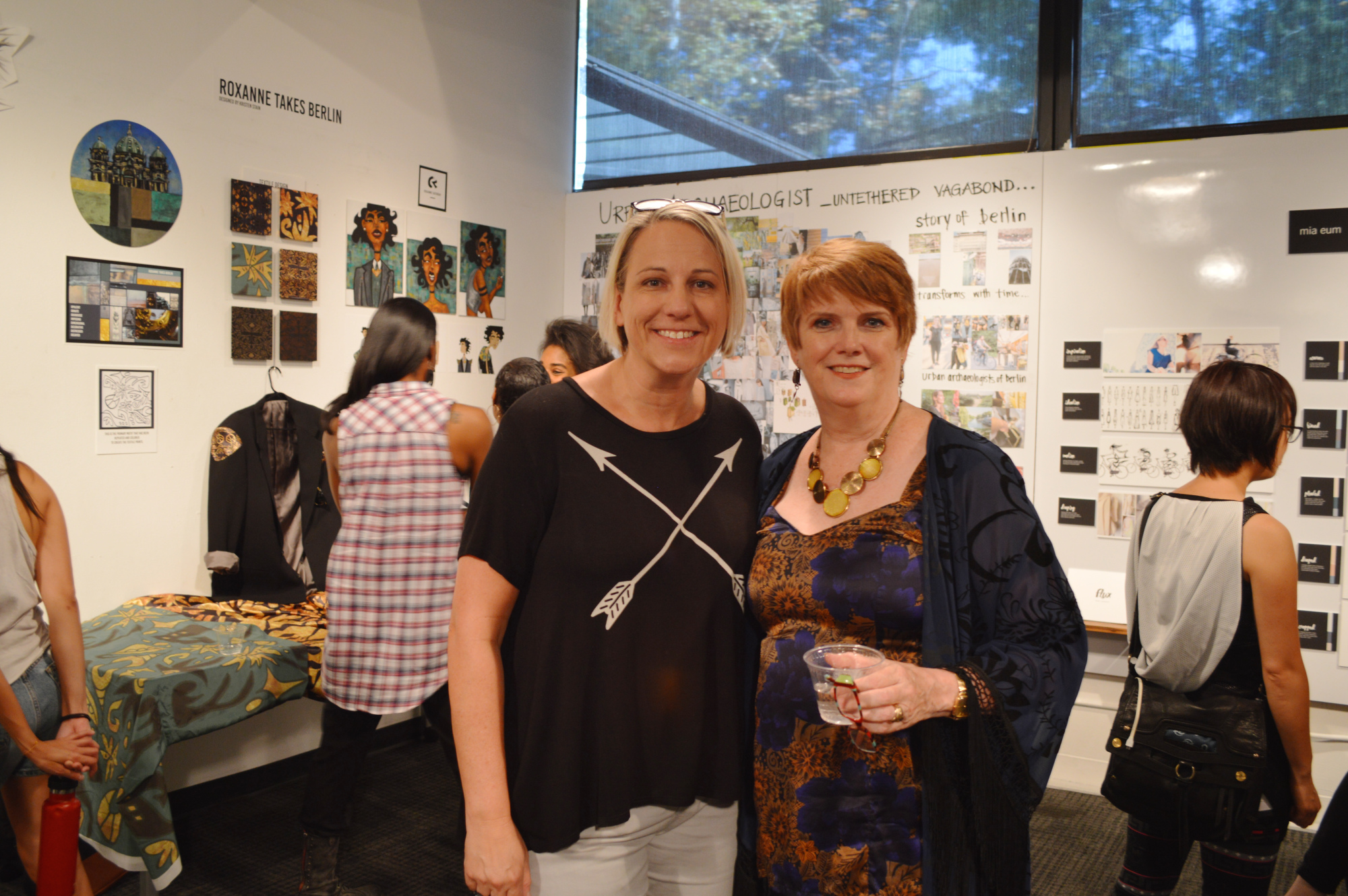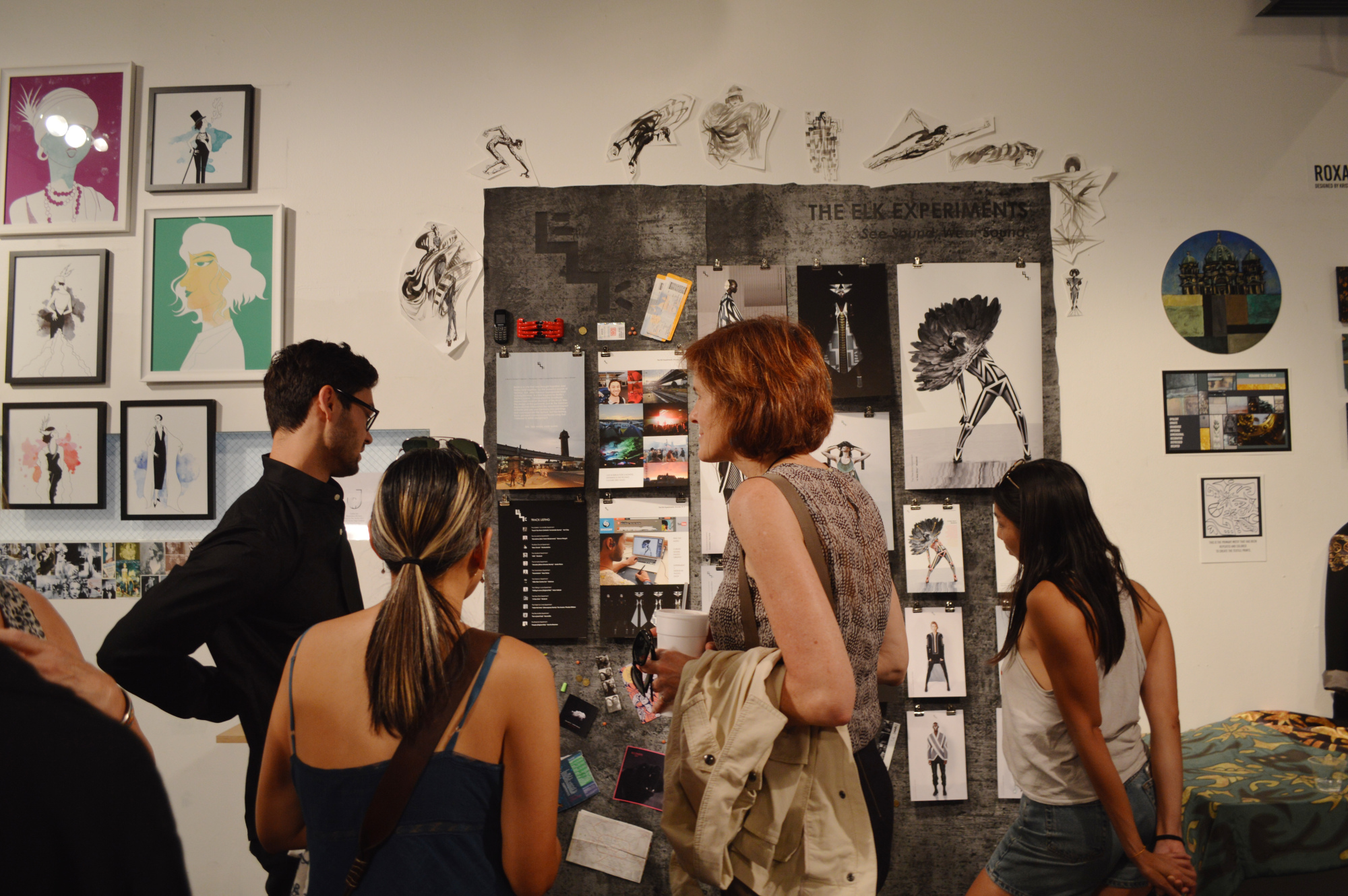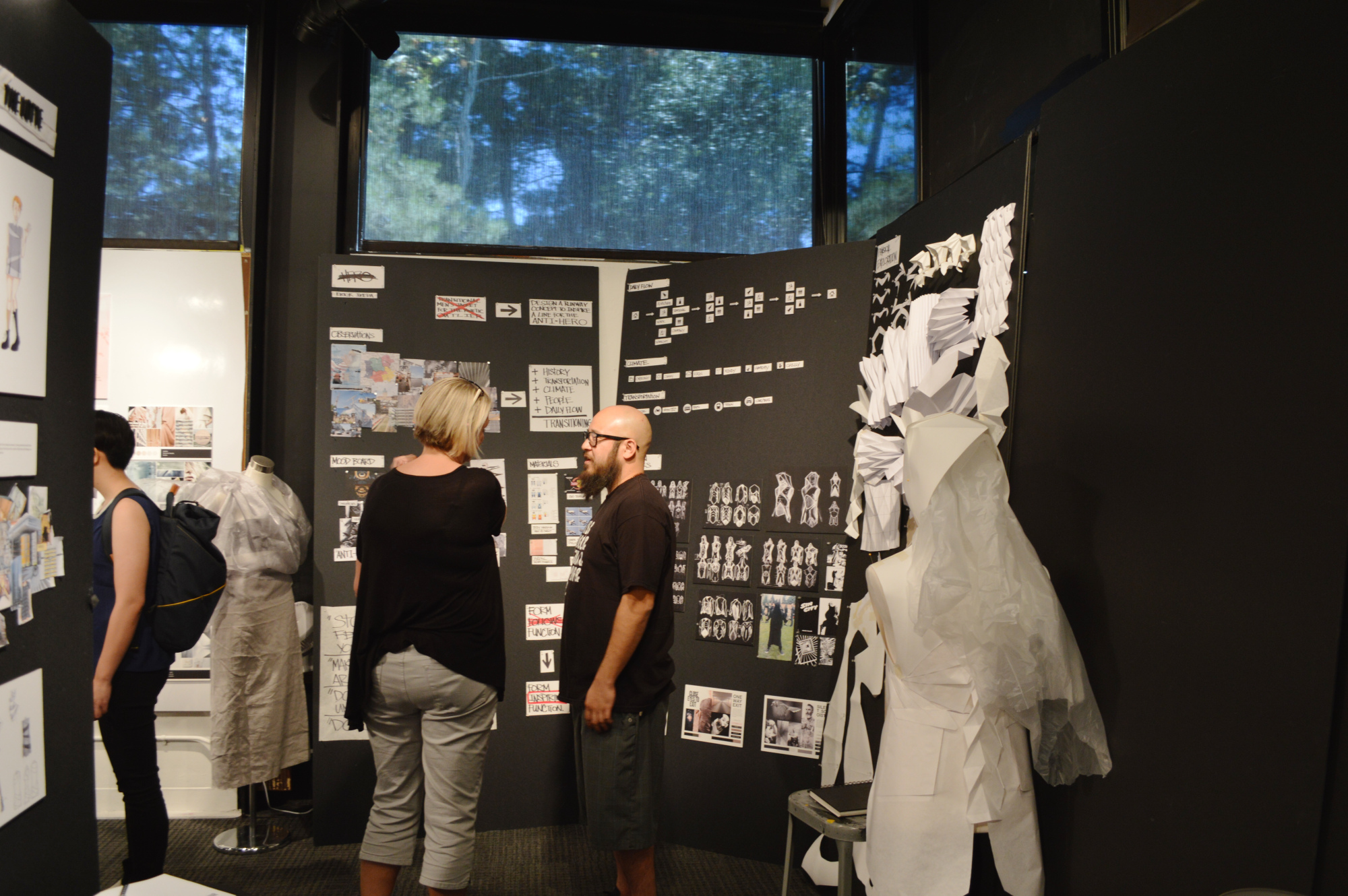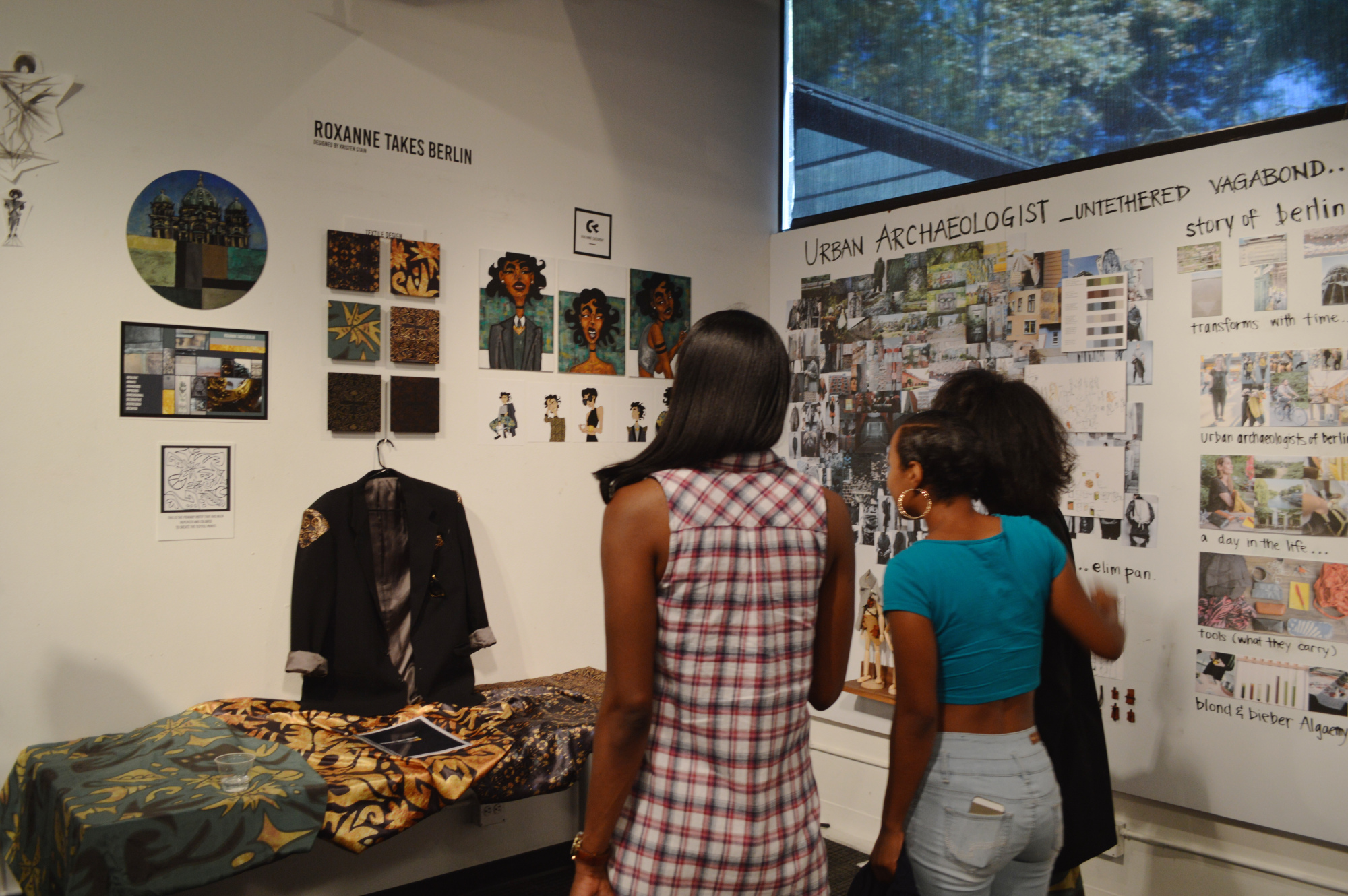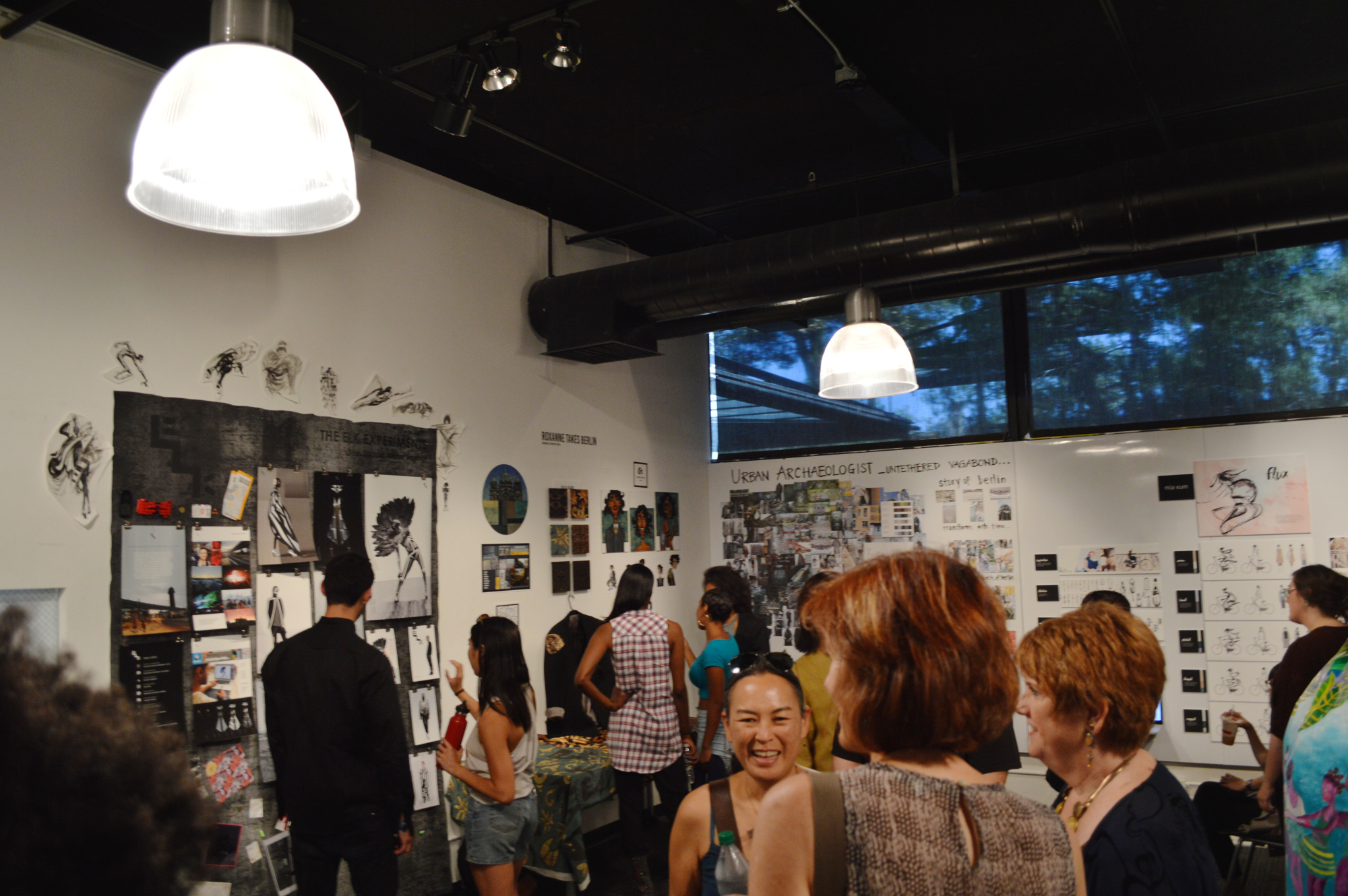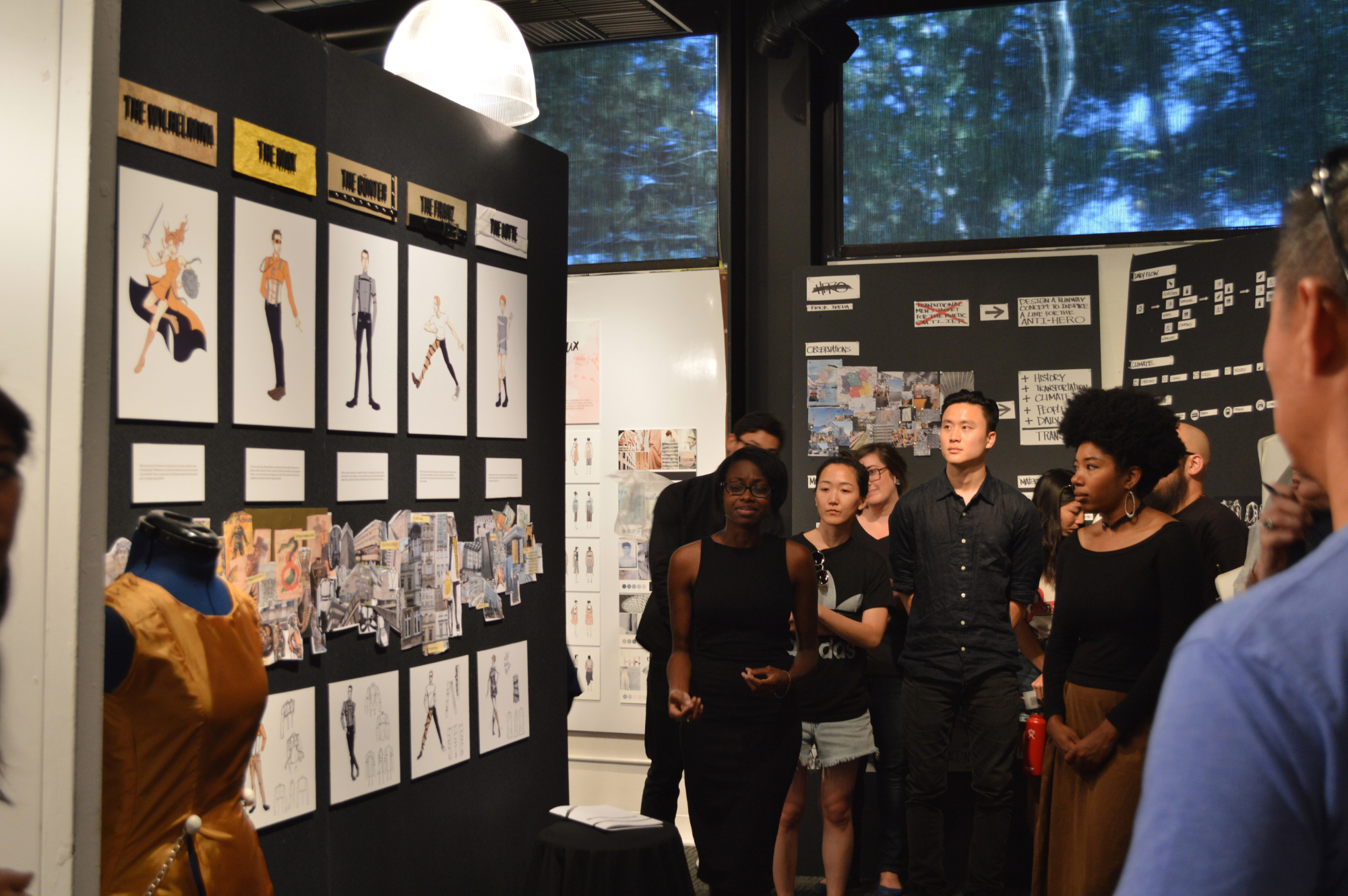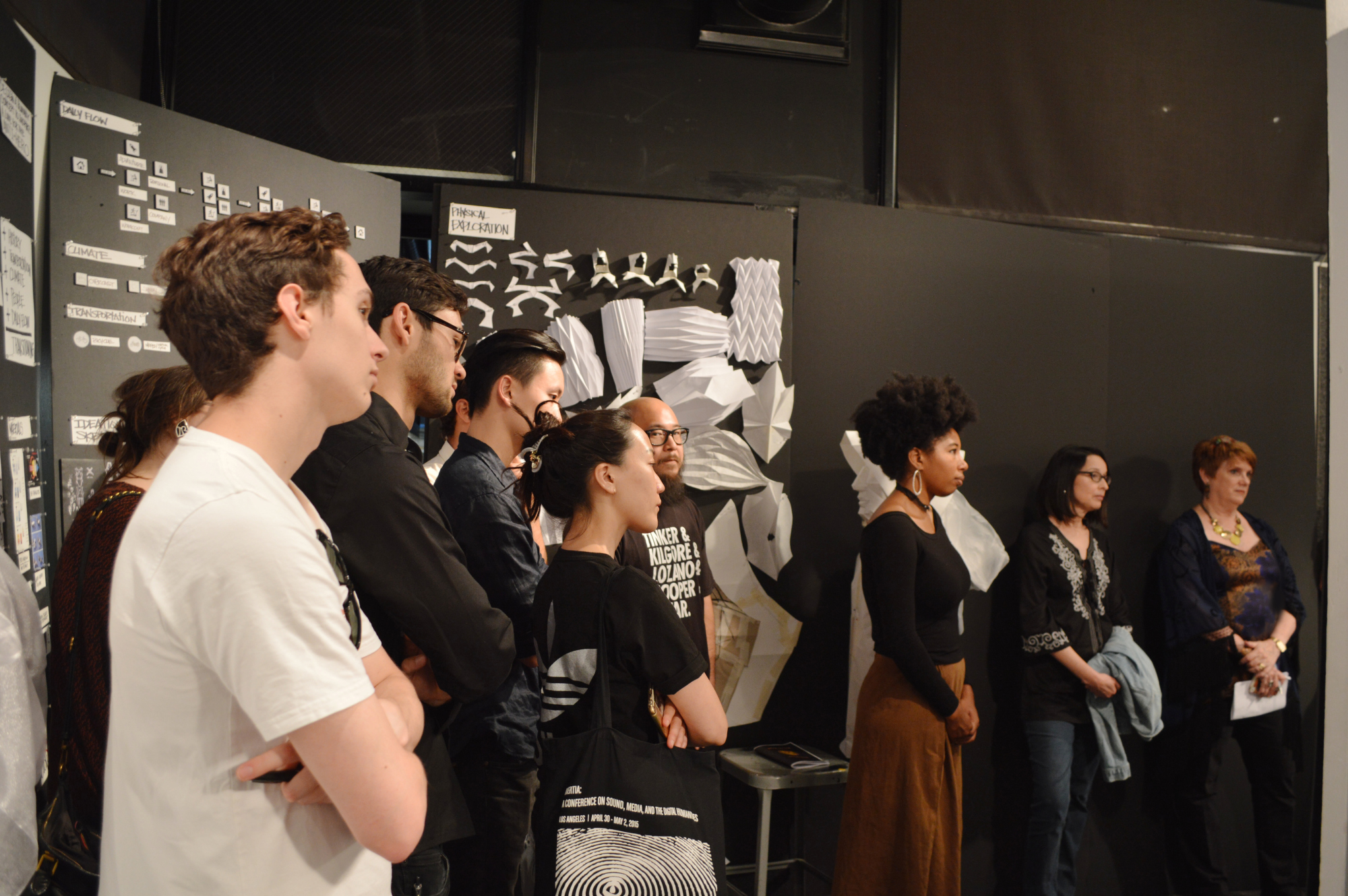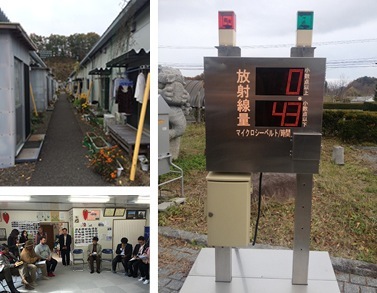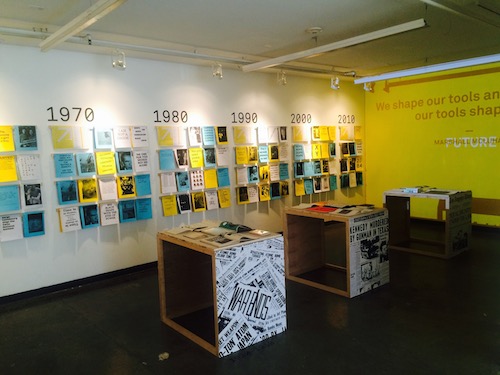
Graphic Design alum Youmna Chamcham takes a Reformer’s approach to design
When a highly regarded graphic design program launches a new website, it’s often received by design community with the heightened levels of scrutiny and anticipation reserved for the latest iPhone unveiling. And those expectations become stratospheric when that academic department happens to have distinguished itself with its pioneering transmedia curriculum.
But all that pressure to dazzle the design world did not deter ArtCenter Graphic Design Chair, Nik Hafermaas, from breaking with convention in both the conception and execution of his department’s newly minted website. Instead, Hafermaas recruited a core group of innovative designers to take a distinctly idiosyncratic approach to developing and building the content of the site around a set of user archetypes known as “psychographics,” based on demographic research of likely visitors. The look and feel of the site was then created based on the written psychographic Q&As that Graphic Design faculty member Guillaume Wolf had assembled as the site’s driving conceit.
Hafermaas’ risk paid off. Artcenter.edu/gx launched to great acclaim earlier this month. As the raves continued to roll in, we seized the opportunity to ask Hafermaas to illuminate the unconventional process that lead him to create a site inspired and inhabited by the presumed end user.








